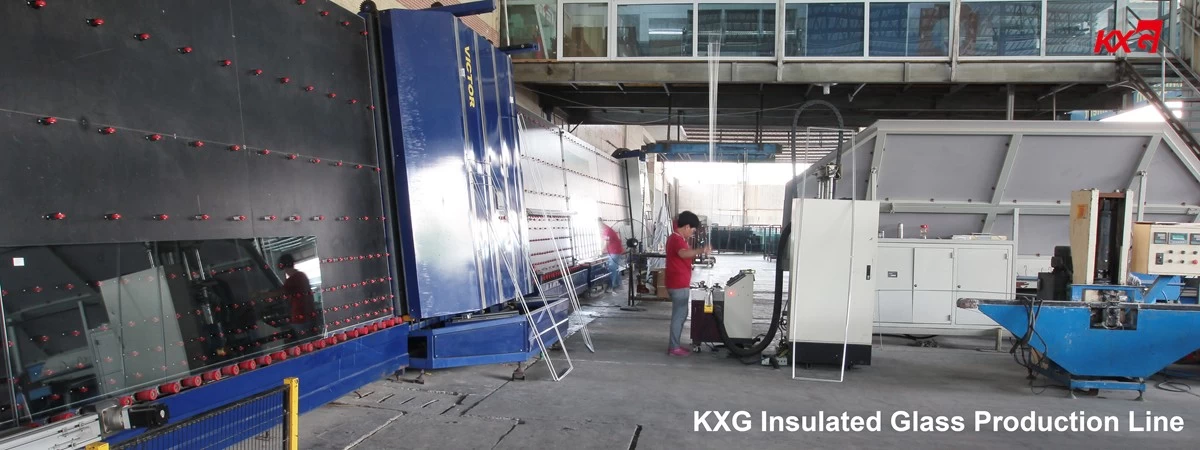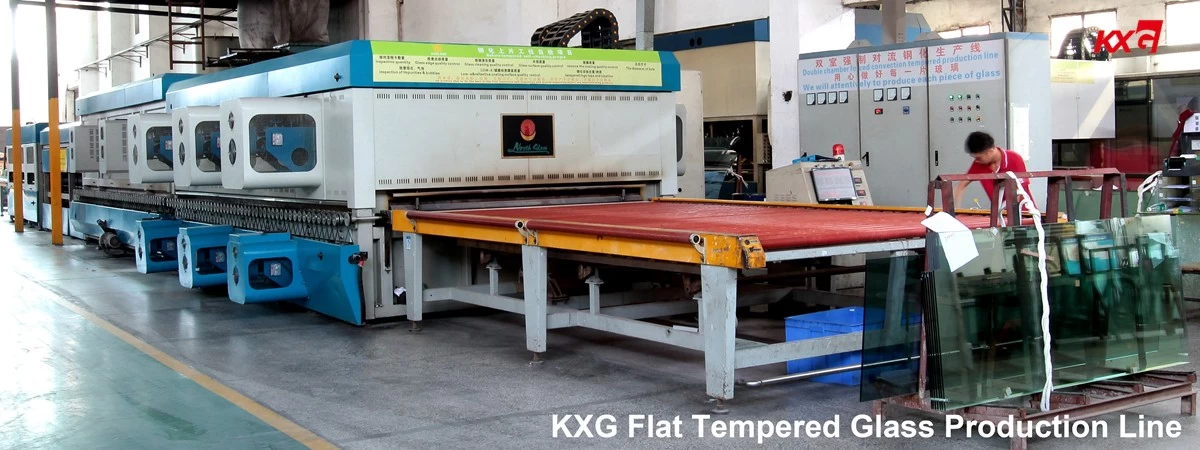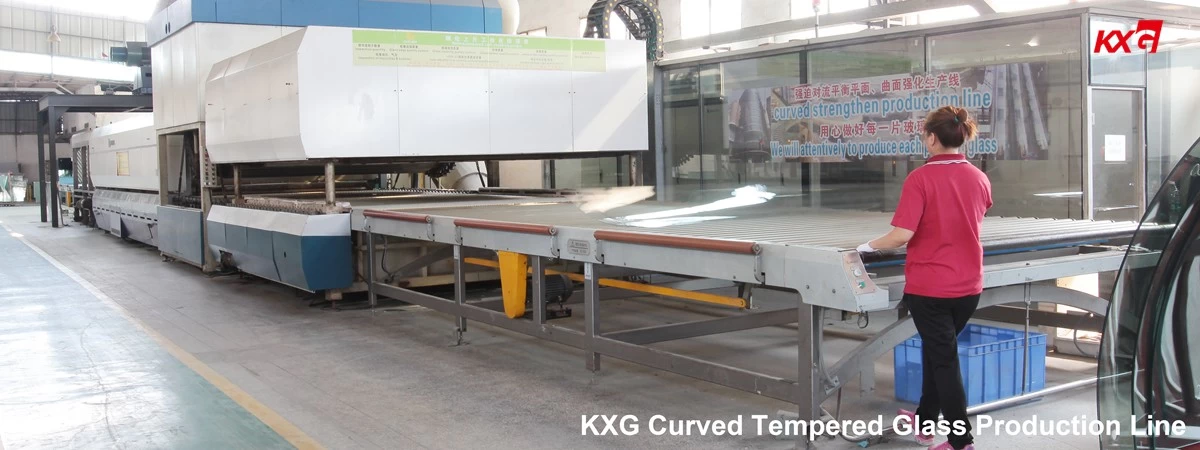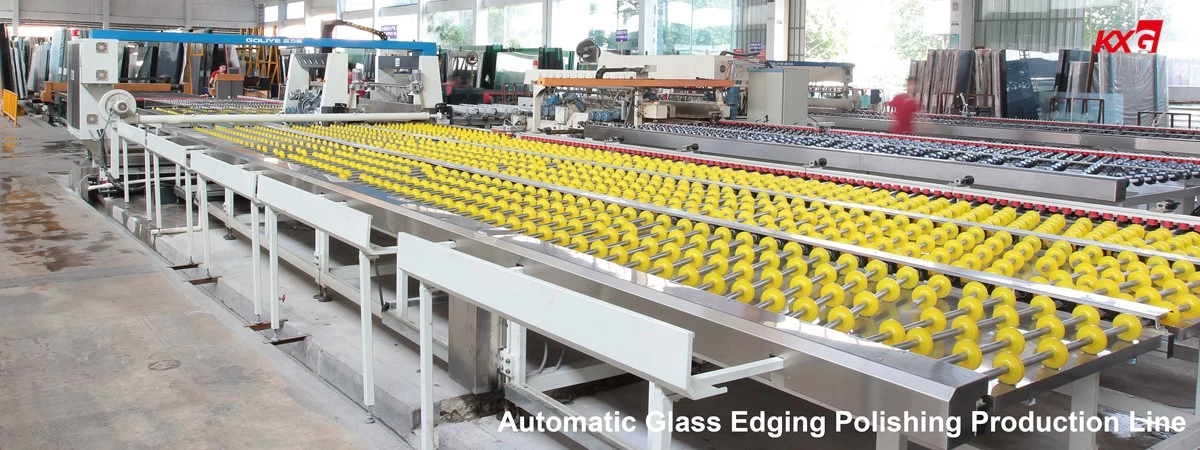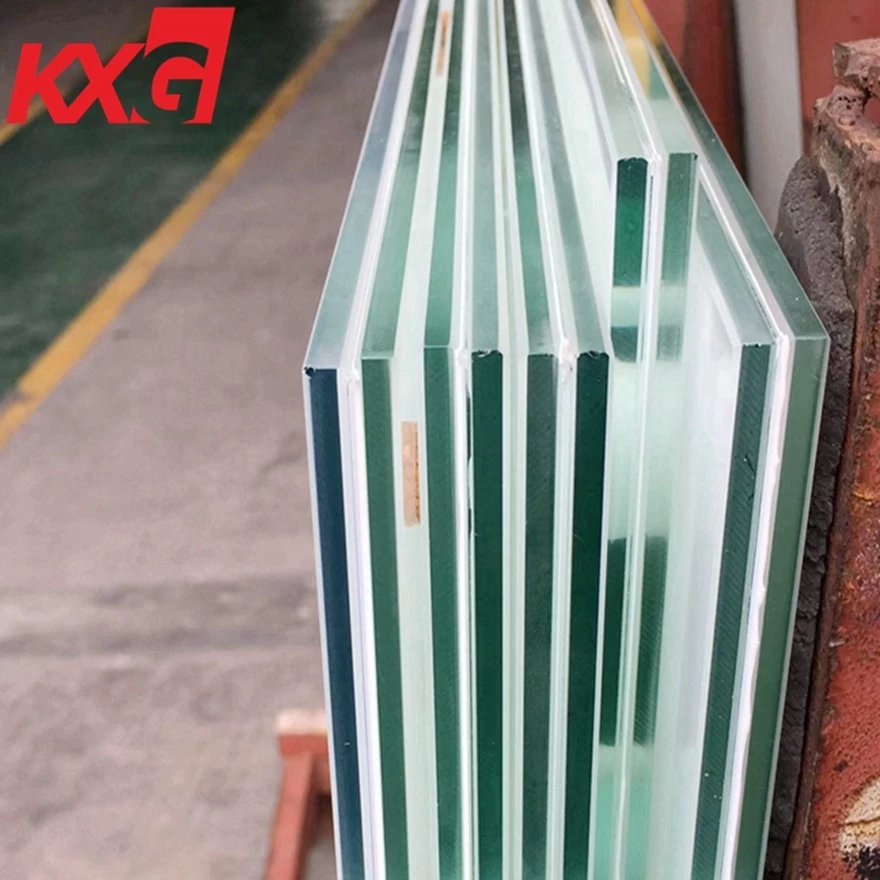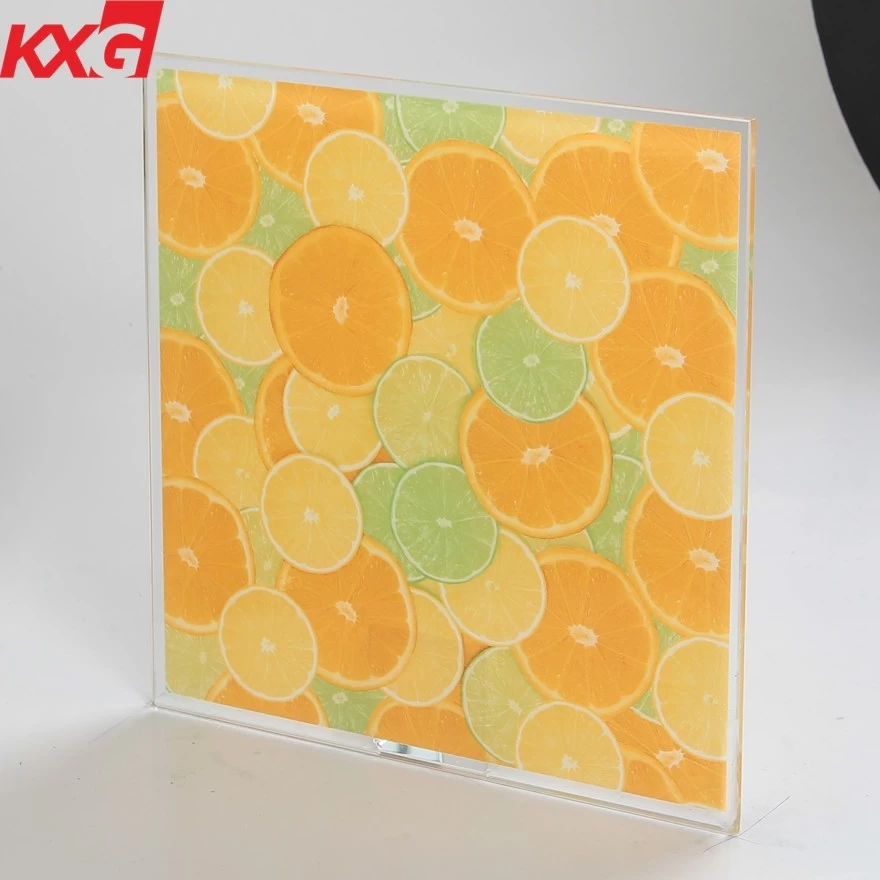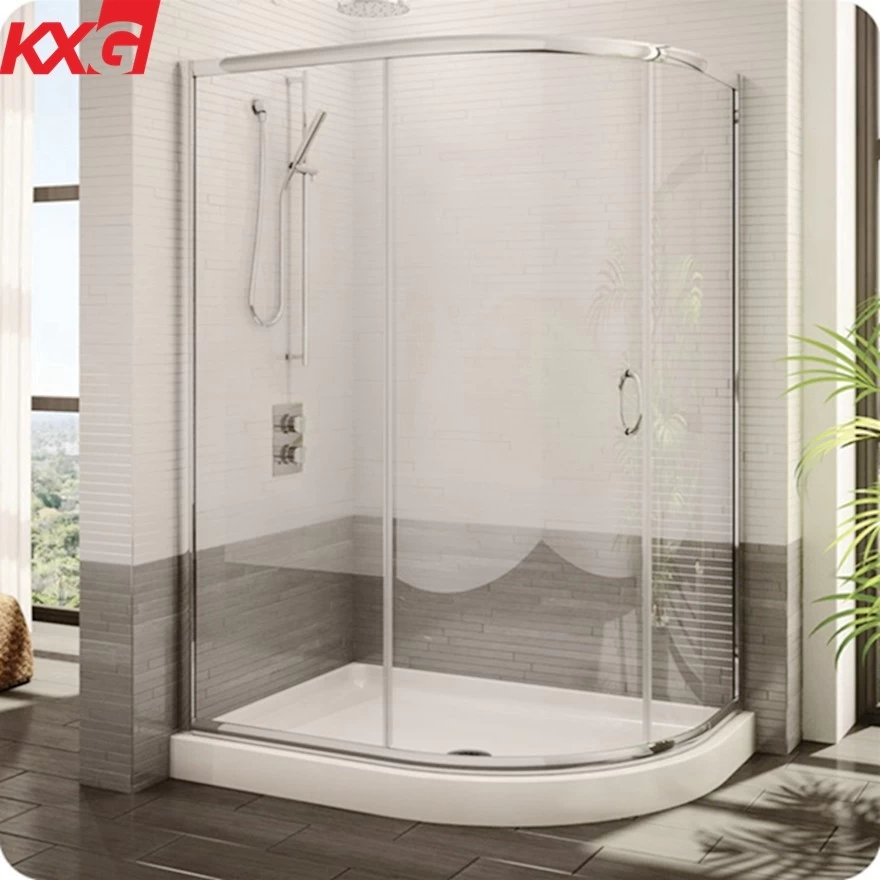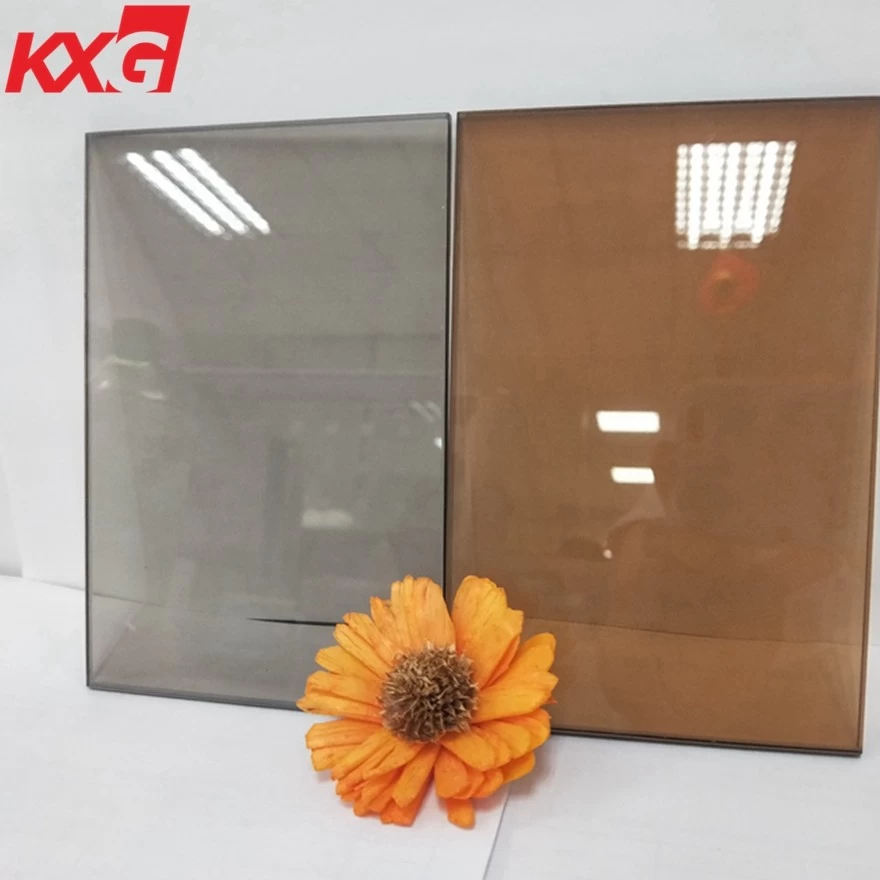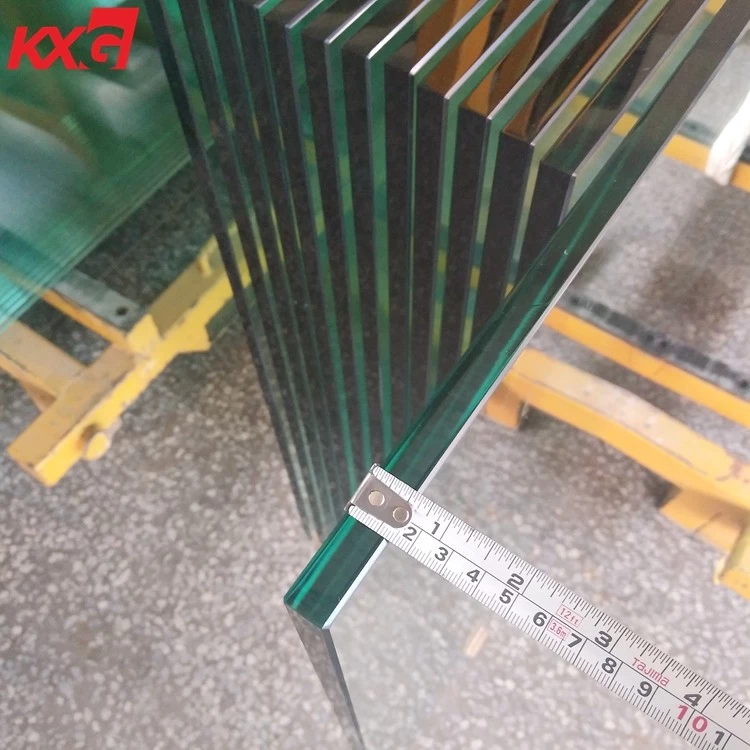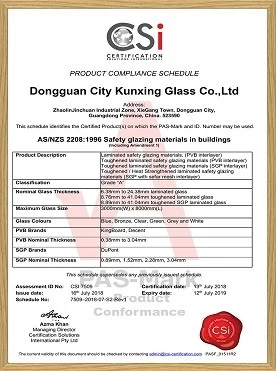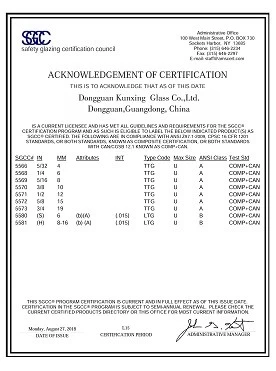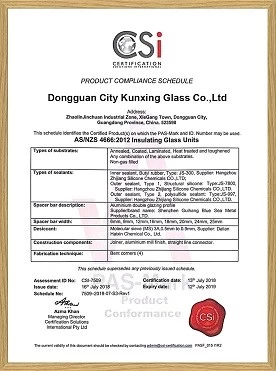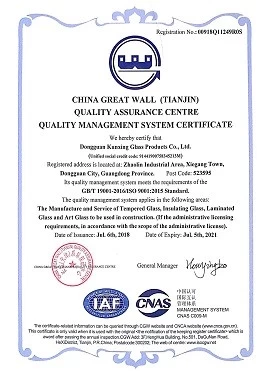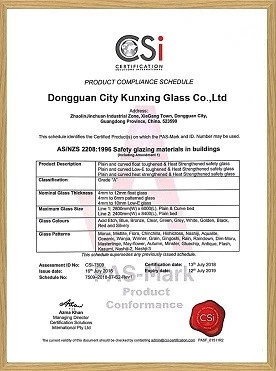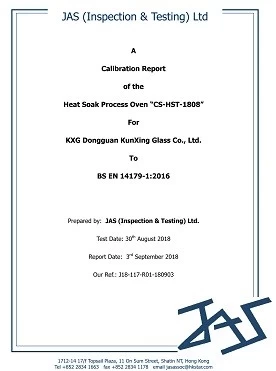Effects Of Different Glass Substrates On The Performance Of Low-E Coated Glass
Low-E glass refers to low radiation coated glass. By coating low-radiation materials on the surface of ordinary glass, the emissivity of the glass surface can be reduced while maintaining good transparency, meeting the requirements of natural lighting. Meanwhile, Low-E glass has a lower surface emissivity, and the lower the surface emissivity, the stronger its ability to limit the penetration of infrared thermal radiation, resulting in better insulation and thermal insulation performance.

Low-E coated reflective glass curtain wall supplier
In recent years, as the concept of a low-carbon, environmentally friendly, and economical society has become popular, Low-E coated glass is being used as an environmentally friendly and energy-saving high-performance building material. It is widely used in the fields of construction, automobiles, etc. In modern buildings, the requirements for energy saving and ornamental properties of curtain wall glass are getting higher and higher. The appearance must meet the design requirements, and the performance must meet the requirements of energy saving and environmental protection.
For areas with different climatic conditions, it is particularly important to choose suitable curtain wall glass. Sometimes, to meet the requirements of the design, a combination of tinted glass and Low-E film coating is selected. Sometimes, when we choose a coated substrate, we downplay the energy-saving effect in pursuit of a unique appearance effect. However, as an environmentally friendly and energy-saving building material, the energy-saving characteristics of Low-E glass should be put first, and its appearance should be second.

1. Heat transfer and insulation properties
Different glass substrates will have a significant impact on the heat transfer and insulation properties of Low-E coated glass. Experiments have shown that glass substrates with different thermal conductivity properties will affect the heat transfer of Low-E coated glass under hot and cold climate conditions, thereby improving indoor and outdoor energy efficiency performance. Therefore, selecting the appropriate glass substrate is a key factor in ensuring that Low-E coated glass has good thermal insulation performance in various environments.
2. UV protection
On the other hand, the glass substrate affects the UV-blocking effect of Low-E coated glass. The characteristics of different substrate materials will affect the UV transmittance, thereby affecting the UV blocking effect under indoor and outdoor lighting. This characteristic is crucial for the long-term protection of indoor furniture and decoration.

3. Environmental protection and sustainability
In addition, choosing a sustainable and environmentally friendly glass substrate is also one of the important performance criteria for Low-E coated glass. Choosing a substrate made of renewable materials helps reduce the environmental impact of the manufacturing process and meets the needs of modern sustainable building materials. Therefore, the choice of substrate will directly affect the environmental protection indicators and sustainability of Low-E coated glass.
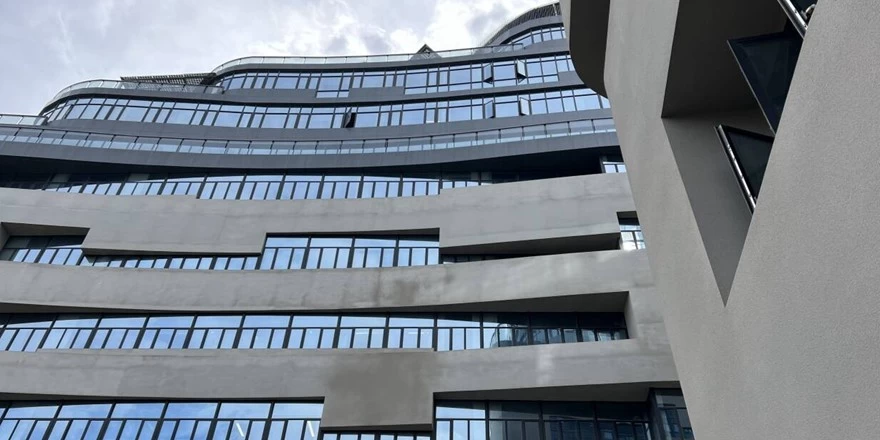
Low-E tempered double glazed glass curtain wall factory
Therefore, selecting a suitable glass substrate is crucial to ensure that Low-E coated glass achieves optimal insulation, UV blocking, and environmental performance. A comprehensive evaluation of the performance of glass substrates, especially their applicability to new energy glass, will play a core role in modern architecture and automotive manufacturing, contributing to the promotion of energy efficiency revolution and sustainable environmental development.

